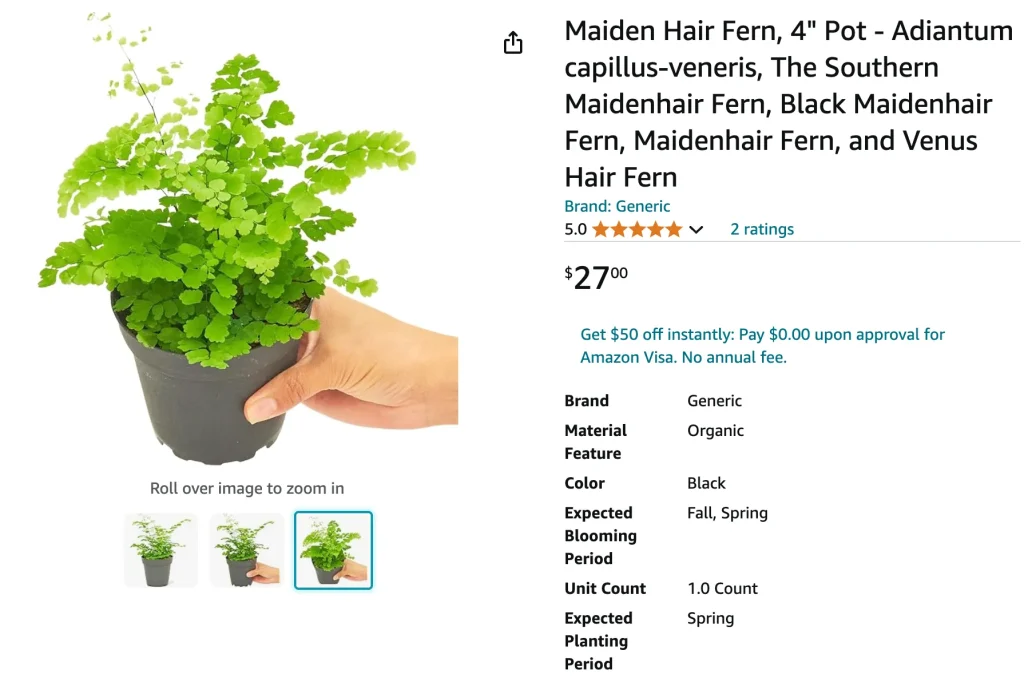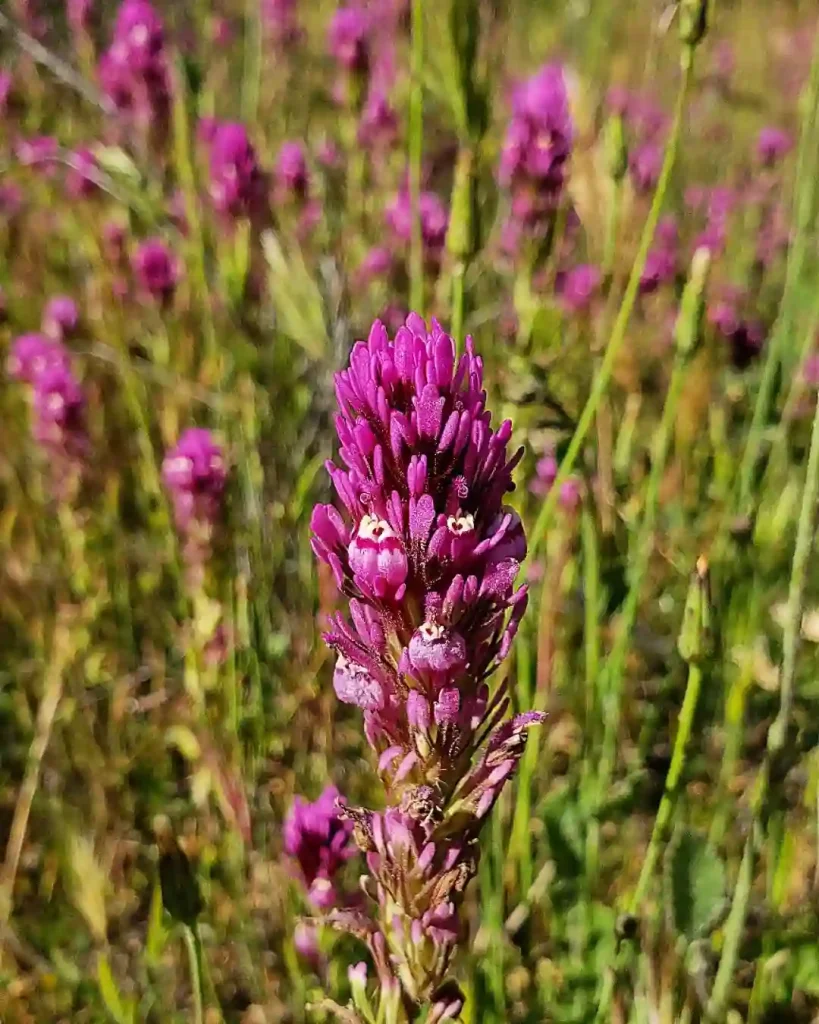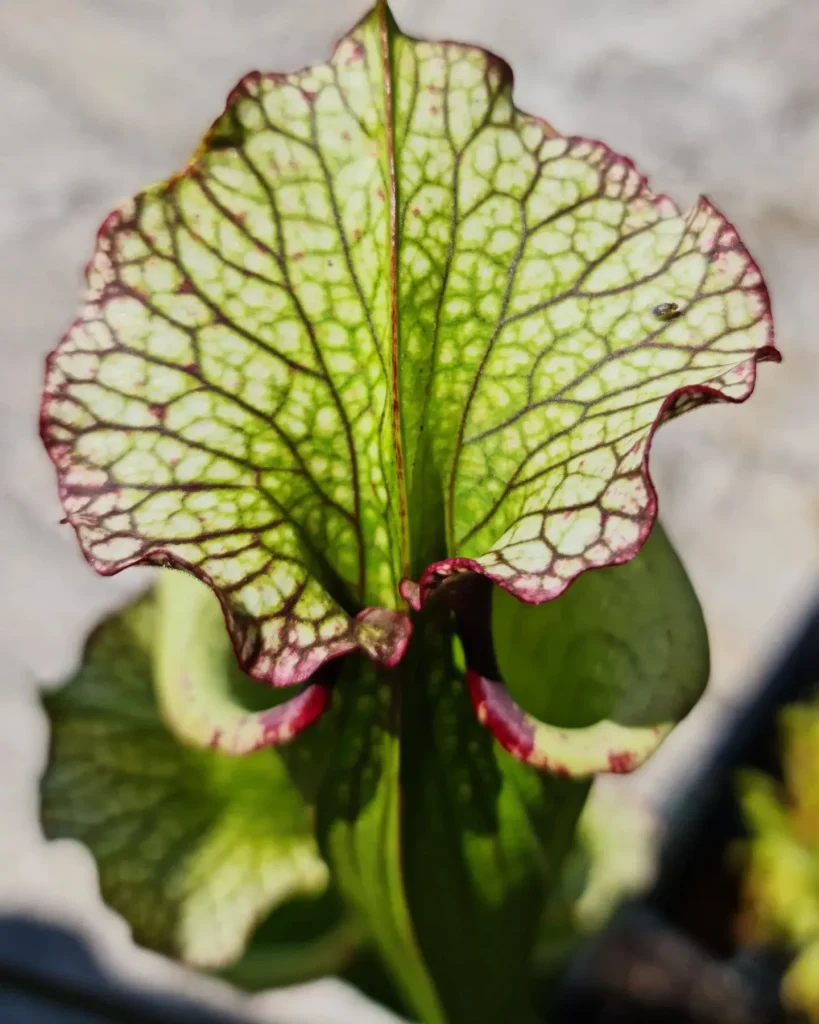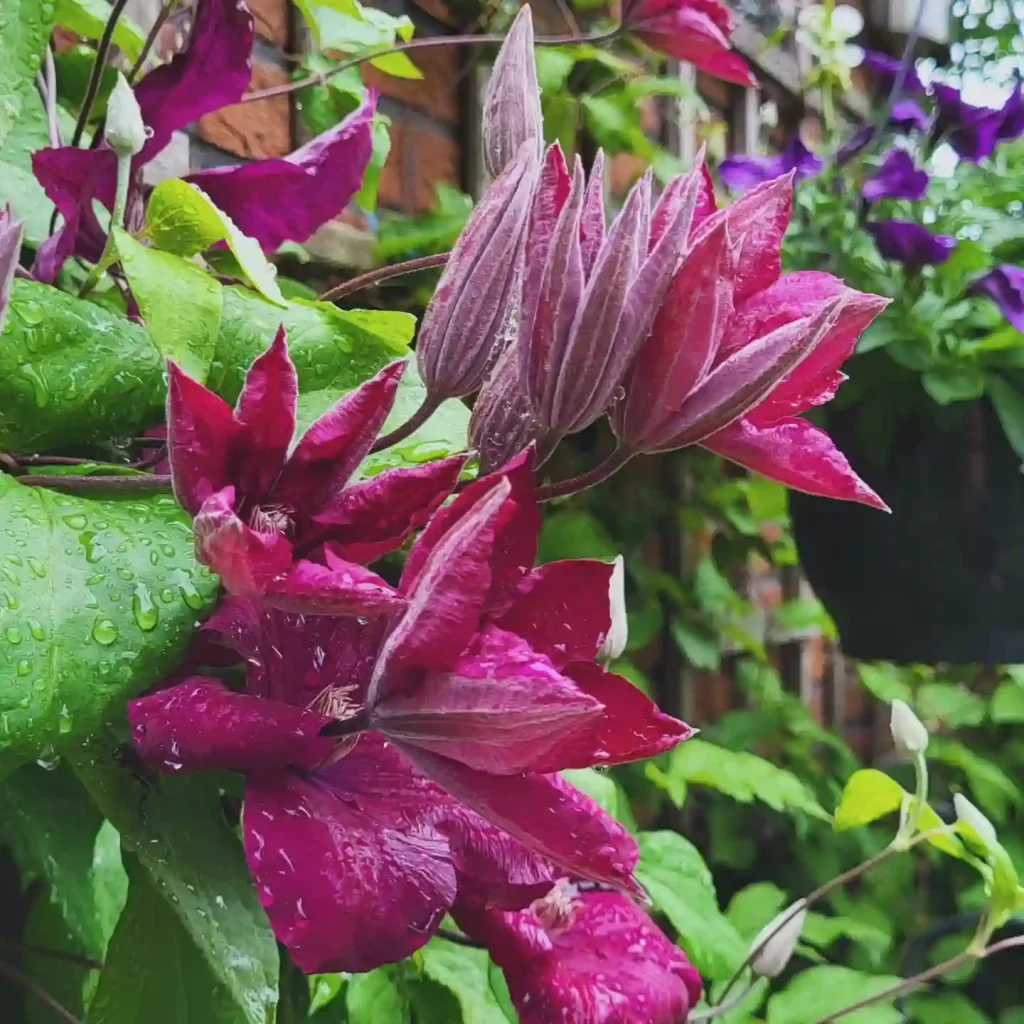
FAQs About Adiantum Capillus Veneris
When it comes to indoor plants, Adiantum Capillus Veneris, commonly known as the Maidenhair Fern, is a favorite of mine. This delicate-looking fern has fine, lacy fronds that give it an elegant, almost ethereal appearance. Over the years, I’ve had the pleasure of growing and caring for several Maidenhair Ferns, and I’ve learned a lot through experience. Here, I’ll share answers to some frequently asked questions about this beautiful plant.
244 Species in Genus Adiantum – Maidenhair Fern
What is Adiantum Capillus Veneris?
Adiantum Capillus Veneris, or Maidenhair Fern, is a species of fern that belongs to the Pteridaceae family. It is native to various parts of the world, including North and South America, Asia, and Europe. The plant is named for its graceful, fine-textured fronds that resemble strands of hair. “Capillus Veneris” translates to “hair of Venus,” referring to the plant’s goddess-like beauty. Maidenhair Ferns thrive in humid environments and are often found in moist, shaded areas such as the banks of streams and rivers.
How to Care for Adiantum Capillus Veneris?
Caring for Maidenhair Ferns can be a bit challenging, but with the right approach, they can thrive. Here are some essential care tips:
- Light: These ferns prefer indirect light. Too much direct sunlight can scorch their delicate fronds, while too little light can cause them to become leggy and lose their vibrancy. A bright bathroom or kitchen window is often ideal due to the humidity levels.
- Watering: Maidenhair Ferns like to be consistently moist but not waterlogged. I make sure to keep the soil evenly damp, using a spray bottle to mist the leaves regularly. It’s crucial to avoid letting the soil dry out completely, as this can lead to wilting.
- Humidity: High humidity is key for these ferns. I use a humidity tray or a humidifier to maintain the moisture levels around my plants. Grouping them with other plants can also help create a more humid microenvironment.
- Temperature: They thrive in temperatures between 60-75°F (15-24°C). Avoid placing them in drafty areas or near heating vents, as they are sensitive to temperature fluctuations.
- Soil: A well-draining, peat-based potting mix works best. The soil should retain moisture without becoming soggy.
How to Propagate Maidenhair Ferns?
Propagating Adiantum Capillus Veneris can be done through division. Here’s how I do it:
- Timing: The best time to propagate is during the spring or early summer when the plant is actively growing.
- Method: Gently remove the fern from its pot and separate the roots into smaller sections using a clean, sharp knife. Each section should have several fronds and a healthy portion of the root system.
- Replanting: Plant the divisions in fresh, moist potting mix and water them thoroughly. Keep the new plants in a humid environment and out of direct sunlight until they are established.
What to Plant with Adiantum Capillus Veneris?
Maidenhair Ferns look stunning when paired with other shade-loving plants. I like to combine them with plants like Calatheas, Philodendrons, and Peace Lilies. These plants not only complement the delicate fronds of the Maidenhair Fern but also share similar care requirements, making them ideal companions. Together, they create a lush, tropical atmosphere that can brighten up any space.
Is Adiantum Capillus Veneris Toxic?
Maidenhair Ferns are non-toxic to both humans and pets, making them a safe choice for households with children or animals. This is one of the reasons I love having them in my home. They add beauty without posing any risk to my furry friends.
What Are the Benefits of Adiantum Capillus Veneris?
Apart from their aesthetic appeal, Maidenhair Ferns offer several benefits:
- Air Purification: Like many indoor plants, they help improve air quality by filtering out pollutants and increasing humidity.
- Stress Reduction: The presence of green plants has been shown to reduce stress and improve overall mood. I find that the delicate, calming appearance of the Maidenhair Fern is particularly soothing.
- Aesthetic Value: With their fine, intricate leaves, they add a touch of elegance to any room. Their unique appearance makes them a focal point in plant arrangements.
Common Problems and How to Solve Them
Maidenhair Ferns can be prone to a few common issues, but with careful attention, these problems can be managed:
- Browning Fronds: This is often a sign of low humidity or under-watering. Increasing humidity around the plant and ensuring the soil stays consistently moist can help.
- Yellowing Leaves: Over-watering or poor drainage can lead to root rot, which in turn causes the leaves to yellow. I always make sure the pot has good drainage and that I’m not overwatering.
- Pests: While relatively pest-free, Maidenhair Ferns can occasionally attract spider mites. Regularly misting the leaves and inspecting the plant can help prevent infestations.
Comparing Maidenhair Fern with Other Ferns
Maidenhair Ferns are often confused with other ferns due to their similar appearance. However, they have distinct characteristics that set them apart. Compared to Boston Ferns or Asparagus Ferns, Maidenhair Ferns have much finer and more delicate fronds. They are also more demanding in terms of humidity and water requirements, making them a bit more challenging to care for. However, their unique beauty makes them worth the effort.
Final Thoughts
Adiantum Capillus Veneris, or the Maidenhair Fern, is a beautiful and graceful addition to any plant collection. While they may require a bit more attention than some other houseplants, the rewards are well worth the effort. With the right care, these ferns can thrive and bring a touch of natural elegance to your home. Whether you’re a seasoned plant enthusiast or a beginner looking to add some greenery to your space, Maidenhair Ferns are a fantastic choice.
If i die, water my plants!



